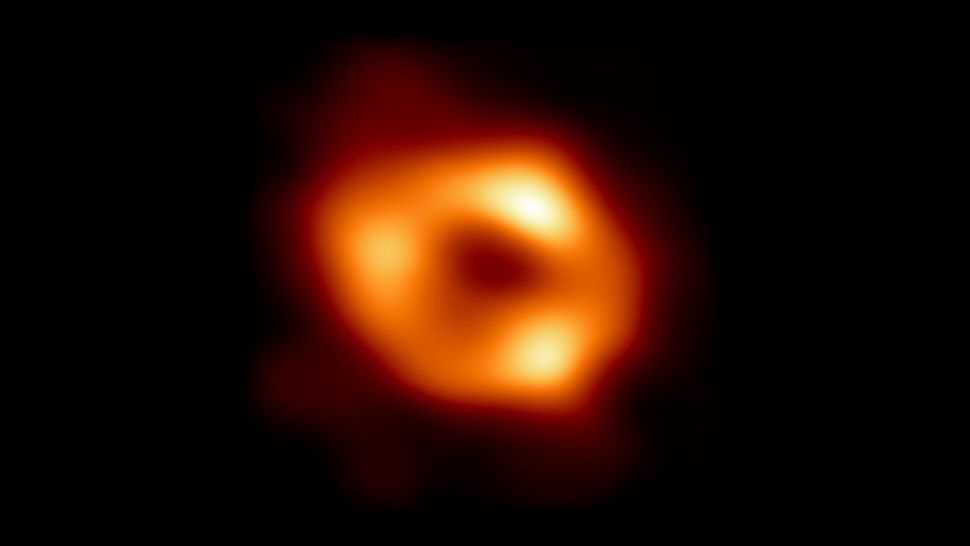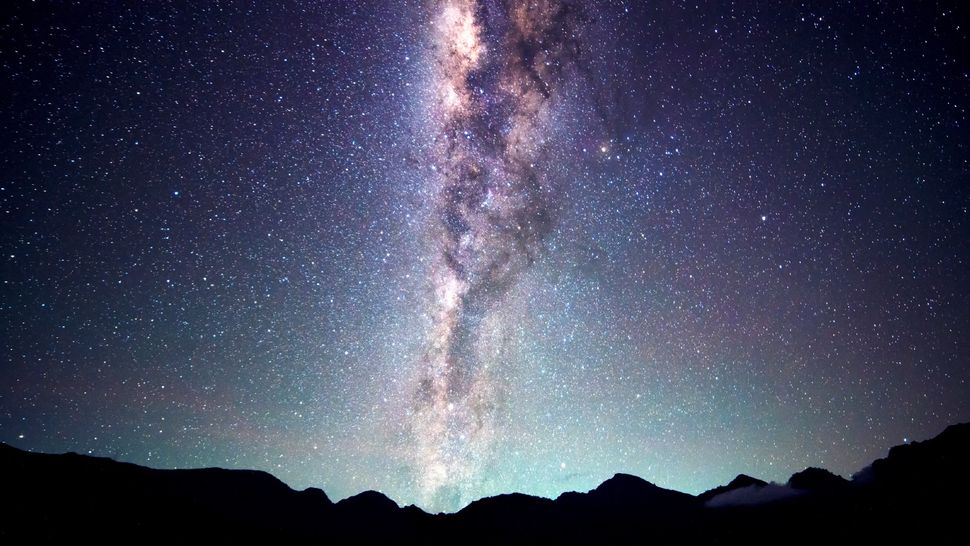The Sun completes one orbit around the Milky Way every 230 million years at 448,000 mph.

It may be surprising, but just like Earth orbits the Sun, our entire solar system, including the Sun, is on a journey through the Milky Way. Our solar system is orbiting the galaxy’s supermassive black hole at the center, and the trip it takes is far more complex than the path planets follow around a star.
The Sun’s Orbit and Speed
The Sun, along with our solar system, is currently traveling through space at a speed of 448,000 mph (720,000 km/h), according to Space.com. Even at this incredible velocity, it takes around 230 million years to complete one full orbit around the Milky Way’s center. For perspective, the last time the Sun was in its current position, dinosaurs still roamed the Earth.
Since the Sun is about 4.6 billion years old, it is estimated that the Sun has made roughly 20 orbits around the galaxy. Earth, which formed about 100 million years after the Sun, has completed approximately 98% of those trips. However, these numbers are estimates and are influenced by the Sun’s changing position over time.

Radial Migration and Galactic Evolution
The Sun’s path through the Milky Way hasn’t remained constant. According to astrophysicist Victor Debattista from the University of Central Lancashire, the Sun likely formed much closer to the Milky Way’s center—about 16,300 light-years away. Today, it resides about 26,100 light-years from the galactic core. This outward movement, known as “radial migration,” is common in galaxies like the Milky Way. Stars can be pushed along the spiral arms of the galaxy, much like how a surfer rides a wave.
This migration means that when the Sun was younger, its orbital period was much shorter, likely around 125 million years. Over billions of years, as it moved outward, its orbital period increased to the current 230 million years. Although the exact number of times the Sun has traveled around the Milky Way is hard to pin down, the phenomenon of radial migration suggests it could have made more orbits than initially calculated.

The Future of the Sun’s Orbit
The Sun’s current orbit is considered relatively stable, but that doesn’t mean its migration is over. Debattista notes that the Sun could continue to move outward, though it’s impossible to predict by how much. Radial migration isn’t unique to our star—Debattista estimates that around half of the stars near the Sun were born elsewhere and have been similarly pushed outward over time.
In summary, while the Sun’s journey around the Milky Way is an incredibly long and complex process, it provides an important glimpse into the dynamic nature of our galaxy and the ever-changing position of stars within it.





So that means our solar system will turn 21 sometime in the next 100 million years or so.
They grow up so fast
Fun Fact: Neptune has only completed 1 orbit since it’s discovery in 1846
The oldest dinosaur was alive when our sun just turned 20
No wonder the sun is so beautiful when it rises in the morning. It’s only 20 lol
Here’s something to think about…
The last time the solar system was in this part of the galaxy, dinosaurs hadn’t even existed yet, trilobites still existed in the seas, Pangea was at it’s prime, human-sized sea scorpions that looked like massive horseshoe crabs lurked in the Permian swamps, Porto-mammals ruled the surface, flowers hadn’t evolved yet, India bordered Madagascar and Antarctica, and the largest mass extinction, known as the great dying, would happen a couple million years later.
58 years old and I never realized the sun was traveling through space, orbiting around the center of the Milky Way. I have never seen a dynamic rendition of the Milky Way rotating, just static pictures and I think this lead me to believe our sun just remained there in space in the same location.